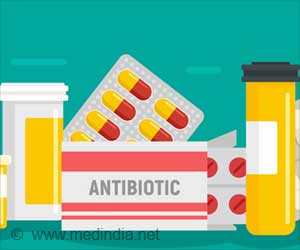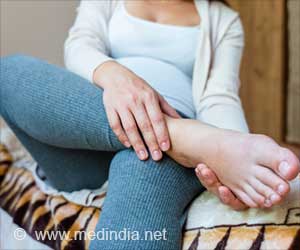Many parents of children with food allergy mistakenly assume that they too have food allergy, but actually don’t test positive during blood or skin prick testing.
Highlights
- One of the forms of allergy is food allergy.
- Family history is often present in cases of childhood allergy.
- Many parents of children with food allergy report that they too suffer from food allergy.
- Only 28 percent of parents who reported food allergy actually tested positive.
Parents of kids with food allergies were enlisted from local hospitals and community settings. In order for the parents to participate, families required to have a child with known food allergy. While replying to the questionnaire, 13.7 percent of parents stated to be suffering from a food allergy. However, amongst that group, only 28 percent actually tested positive to the food they reported being allergic to.
Possible Reasons for The Findings
As pointed out earlier, only 28 percent of the parents who self-reported allergy actually tested positive. According to one of the study authors, “This tells us that either people haven’t been tested and are assuming an allergy from a previous reaction to a food, or they haven’t been tested properly and may not truly have an allergy. Allergy testing, including blood and skin prick testing, is not always reliable; there are a lot of false positives.”
How to Overcome False Positives in Allergy Testing
According to ACAAI, skin tests only detect sensitization. However, being sensitized to a particular protein doesn't indicate one is actually allergic. Also a blood test alone for allergy may not prove to be accurate. Blood and skin testing cannot accurately predict food allergy in one who has never ingested that food earlier.
It is preferable to consult allergy specialists, who are experienced and professionally trained to administer allergic tests and to diagnose allergies.
Childhood allergies are becoming increasingly common worldwide. Almost one in 12 children is diagnosed with a food allergy in the UK.
Allergy is a condition, where the immune system reacts and mounts an immune response to seemingly harmless food proteins. The reaction involves the release of chemicals such as histamine, responsible for many of the features of allergy.
Most forms of food allergy begin in infancy and early childhood. Common allergens include proteins in milk, egg, nuts, soy, wheat and shellfish. Some allergies are outgrown in childhood, whilst others may continue into adulthood.
The symptoms begin within a few minutes or within a couple of hours of consuming the food and can vary from mild to severe. They include skin, respiratory and gut symptoms such as
- Swelling of the lips and throat, eyes and face
- Itchy rash on lips, tongue
- Sneezing, runny nose and watering of eyes
- Nausea and vomiting
- Abdominal cramps and diarrhea
- Severe tightness of chest and wheezing
- Laryngeal edema obstructing the airways
- Dizziness and confusion
- Circulatory collapse, hypotension, and shock
Living With Food Allergy
Persons suffering from a food allergy need to follow certain measures to avoid or reduce allergic reactions. These include
- Avoiding the offending food
- Reading food labels carefully to know the ingredients
- Informing close friends and relatives about the food allergy
- Keeping the school authorities in the loop in case of childhood allergies
- Carrying an auto-injector loaded with adrenaline at all times to be ready for any emergency.
References:
- Food Allergy in Babies and Children - (https://www.allergyuk.org/childhood-food-allergy/food-allergy-in-babies-and-children)
















